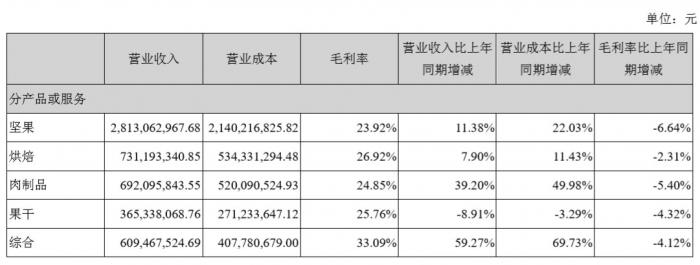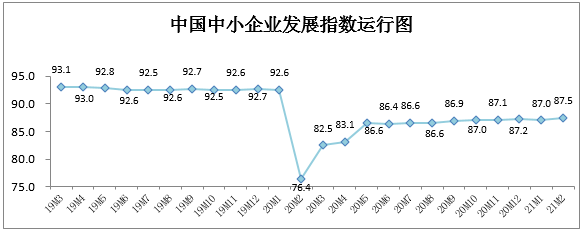
Thebelief prevails in Silicon Valley that we have created a meritocracy, an entrepreneurial utopia where the best and brightest always come out on top. I’m here to tell you: That is a pernicious myth.
The latest data point from a Bloomberg analysisreveals that nearly 1,900 U.S. entrepreneurs received venture capital funding for their startups, 2009-2016. Of those, just 141 were women.
So, then, you have to ask: Which women? Because things are even worse for women of color. A recent report from #projectDiane showedthat from 2012 to 2014, African American female founders effectively received next to no venture funding. Of the 10,238 funding deals during that period, only 0.2 percent(24, total) went to African American women entrepreneurs.
What’s happening here? If you believe that entrepreneurial capacity and talent are evenly distributed by genderand race, then why is there this vast difference in how men versus women, versus women of color, are able to tap venture funding?
The same Bloomberg report also found that companies founded by women received less money than their male-led peers --an average of $77 million versus $100 million, respectively.
Interestingly, that shortfall mirrors almost exactly the U.S. pay gap between men and women. Across the United States, women overall are paid an average of 79 cents for every dollar earned by men.
As with venture funding, this issue compounds sharply for women of color. Hispanic, African American, Native American and Native Hawaiian women all have lower median annual earnings compared with Caucasian and Asian American women.
The widest wage gap is for Hispanic and Latina women, who earn only 54 percentof what white men do.
One 2014 study from the National Academy of Sciences offers a clue: When presented with identical, award-winning startup pitches, where only the voice of the presenter had been changed, 68 percentof sample group VCs chose to fund the venture pitched by a male voice. Only 32 percentchose to fund the venture pitched by a female voice.
Yet, as disturbing as all these revelations may be, underestimation of women during the pitch process isn’t the actual basis of the problem. The problem starts earlier.
Subtle biases and barriers
The problems that female entrepreneurs face in the market for VC funding are symptomatic of the larger issues that women in the workforce dealwith every day, particularly in the tech industry.
It’s something I like to call both a "pipeline problem" and a "leaky pipeline problem."
The pipeline problem is often discussed in Silicon Valley, as the reason why --or the excuse for -- the fact that there are not as many women in leadership roles in tech or at venture capital firms. Here, what typically gets cited are the differences between the rates of women, versusmen, or people of color, versusCaucasians and Asians, taking computer science classes in school and choosing tech careers.
Certainly, thatis true: The pool of female candidates arriving at venture firms or starting a big technology platform is smaller than that of men.
But, long before those career paths start, I see the long journey of the hidden biases and barriers that keep all of us on different paths in our lives. This includes everything from where we’re born, to our demographic characteristics, to teachers' expectations. And more comes into play, including:access to broadband, role models and even the unspoken messages of social belonging and peer acceptance.
That’s my definition of a leaky pipeline.
Reframing the mission
58003
Even the words used to promote the mission of entrepreneurship can be very stereotypically male, says Miriam Rivera, co-founder and managing partner at Ulu Ventures."You hear about the 'wild ride of risk,' becoming king of the hill, getting rich," she told me. "You would think there wasn't a customer, or that the business wasn't meant to serve anyone."
58003
"I reframed my mission at Google to think about how the whole world could have a 24/7 library available to them, and that it was going to help people and provide human beings new access to opportunity," she said. "I grew up in a poor family that couldn't afford to buy books, and so the library was an intrinsic part of my education. When I thought of it that way, I found the business more personally inspirational."
In short, language and framing matter. Even addressing the issue of bias in technology can discourage people from choosing that path. Who among us wants to go where we perceive we are not wanted?
None of this is to say that bias is either intentional ormalicious. It’s about the cumulative effects over the course of years. When we talk about persity and inclusion, this is the inclusion part. What’s it like being the only women in the room in meeting after meeting? What’s it like to feel like you have to check yourself at the door every day before starting work?
58003 It’s more about women not seeing their ideas recognized, being cut off while speaking, not being assigned the really interesting work and being overlooked for stretch assignments or mentorship relationships over time.
The network effect
There is one more less obvious thing that strikes me as the single greatest problem on the funding side for women-led businesses, or businesses run by people of color.
Most venture deals, today as ever, are done through personal networks. Naturally, these relationships tend to mirror the VC industry as a whole, which is made up almost entirely of middle-agedwhite males. They invest in people who look like them because those are the types they’re most likely to meet.
In fact, according to a study conducted by TechCrunch, just 7 percentof the partners surveyed at the top 100 venture capital firms --54 out of 755 -- werewomen. Incidentally, this is also one of the explanationswhy so few African Americans, Latinos and entrepreneurs from low-income backgrounds are able to secure venture funding. Simply not knowing anyone who is a venture capitalist is a significant handicap at the fund-raising stage.
And the myth that Silicon Valley is a pure meritocracy? That'ssimply masking this fact.
The reality is that venture capital is telling a very different story thanthe meritocracy myth would suggest --and unconscious biases are the only explanation. The time to start addressing them is now.
 金融价值网
金融价值网
















